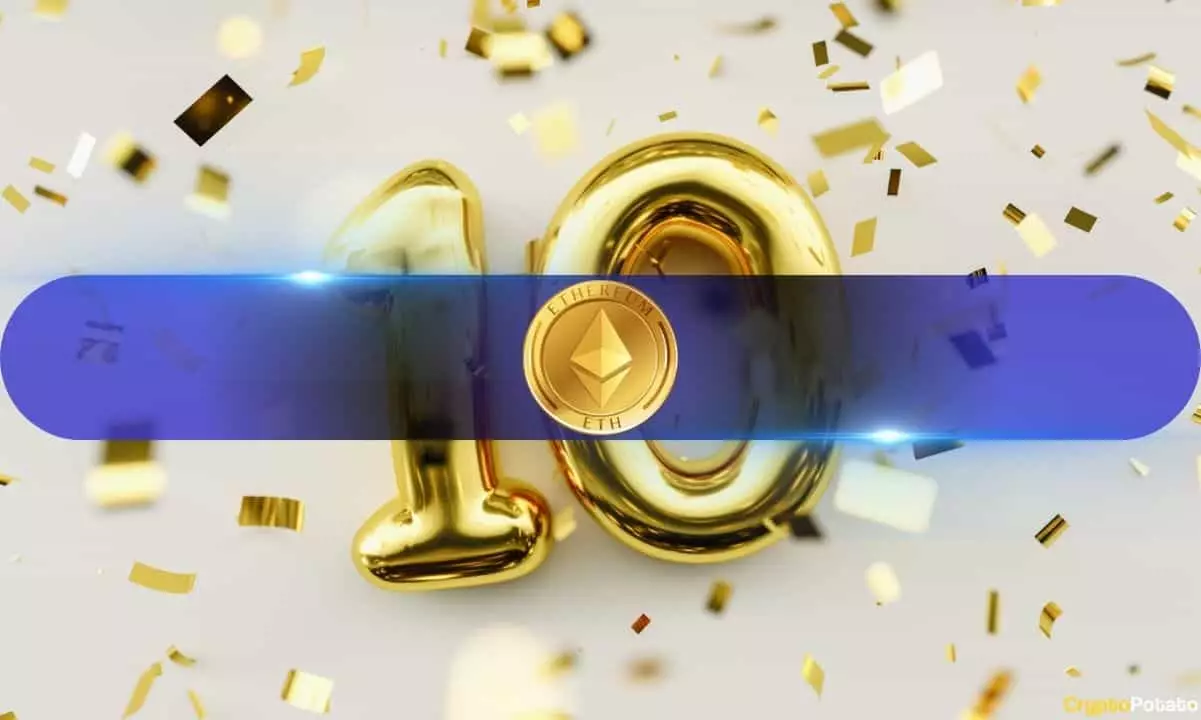Looking back at the inception of Ethereum, it is fascinating to see how far it has come in just a decade. The initial coin offering (ICO) of Ethereum began on July 22, 2014, in a fully permissionless environment, setting the price at 2,000 ETH per sale unit per BTC. This marked the start of Ethereum’s journey towards becoming a significant player in the blockchain ecosystem.
Ethereum’s Value Dynamic
The value dynamic of Ethereum has shifted dramatically over the years. From the ICO price of 2,000 ETH per BTC, today we see a stark contrast where 1 BTC buys less than 20 ETH. This exponential increase in value showcases Ethereum’s growth and dominance in the crypto market. Few assets have been able to surpass Bitcoin’s performance by a factor of 100, making Ethereum a standout in the industry.
Ethereum has solidified its position as a cornerstone of the Web3 ecosystem, implementing major upgrades like the transition to Proof-of-Stake (PoS) and Layer 2 scaling solutions. The introduction of EIP-1559 has already burned 4.3 million ETH for gas fees, showcasing the network’s efficiency and scalability. With Ethereum now providing $100 billion in economic security through its staking mechanism, it has significantly improved the economic bandwidth of the Internet of Value.
The recent approval by the US Securities and Exchange Commission (SEC) for the listing of spot Ether exchange-traded funds (ETFs) marks a pivotal moment for Ethereum’s institutional journey. The Chicago Board Options Exchange (CBOE) is set to debut five spot Ethereum ETFs, including the 21Shares Core Ethereum ETF, Fidelity Ethereum Fund, Invesco Galaxy Ethereum ETF, VanEck Ethereum ETF, and Franklin Ethereum ETF. These ETFs aim to attract investors by offering temporary fee reductions or waivers as they enter the market.
The Future of Ethereum
As Ethereum continues to evolve and adapt to the changing landscape of the crypto market, all eyes are on its future developments. The introduction of blob transactions is expected to increase the burning of ETH, further enhancing the network’s efficiency. With Ethereum’s growing recognition as a digital commodity, it is evident that its potential is far from being fully realized. The innovations and upgrades in the pipeline are likely to shape the next chapter of Ethereum’s journey in the blockchain industry.
Ethereum’s evolution over the past decade has been nothing short of remarkable. From its humble beginnings in 2014 to becoming a key player in the Web3 ecosystem, Ethereum has continuously pushed boundaries and set new standards in the crypto industry. With institutional recognition on the rise and a promising future ahead, Ethereum is poised to lead the way towards a decentralized and secure digital economy.















